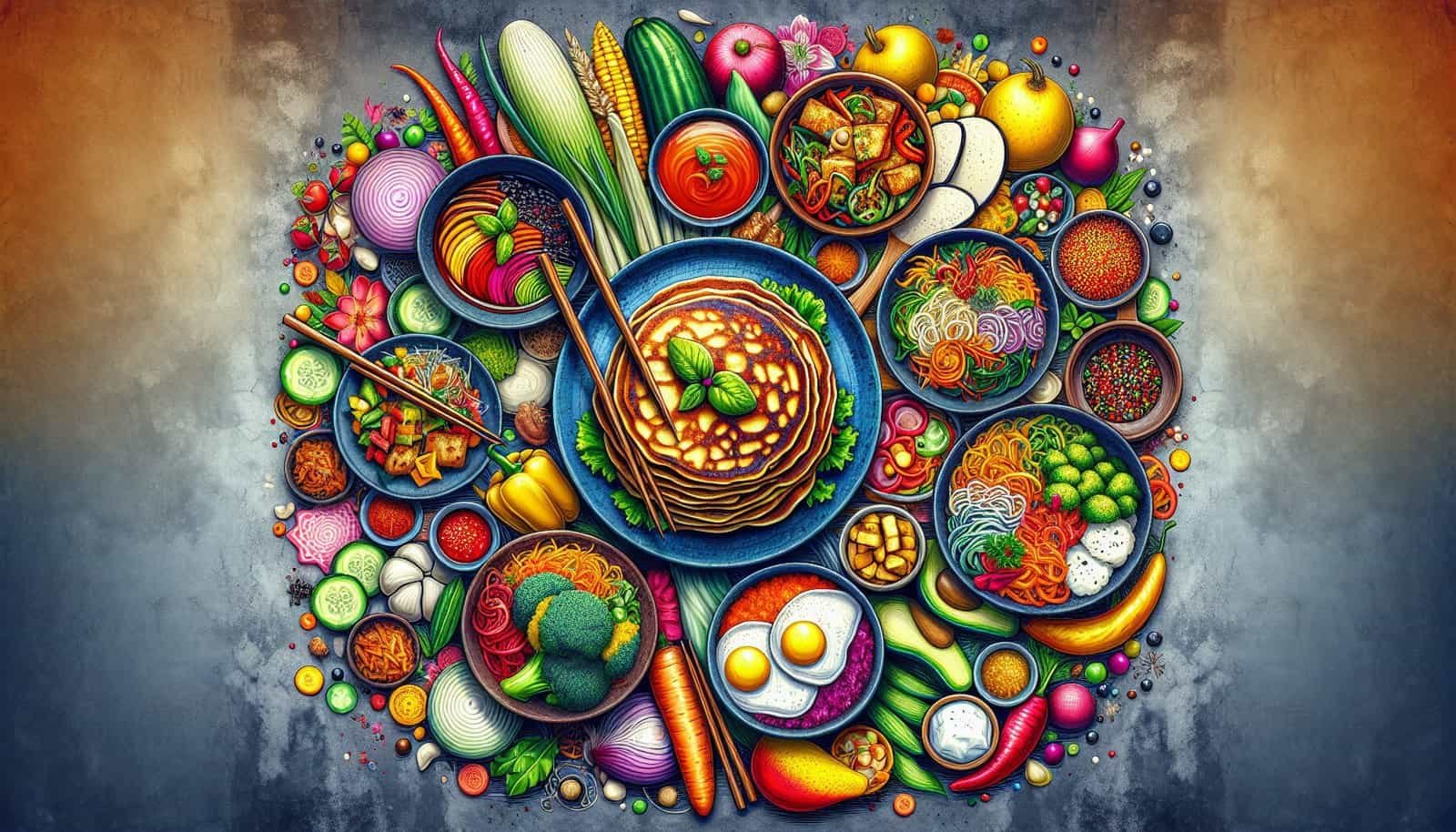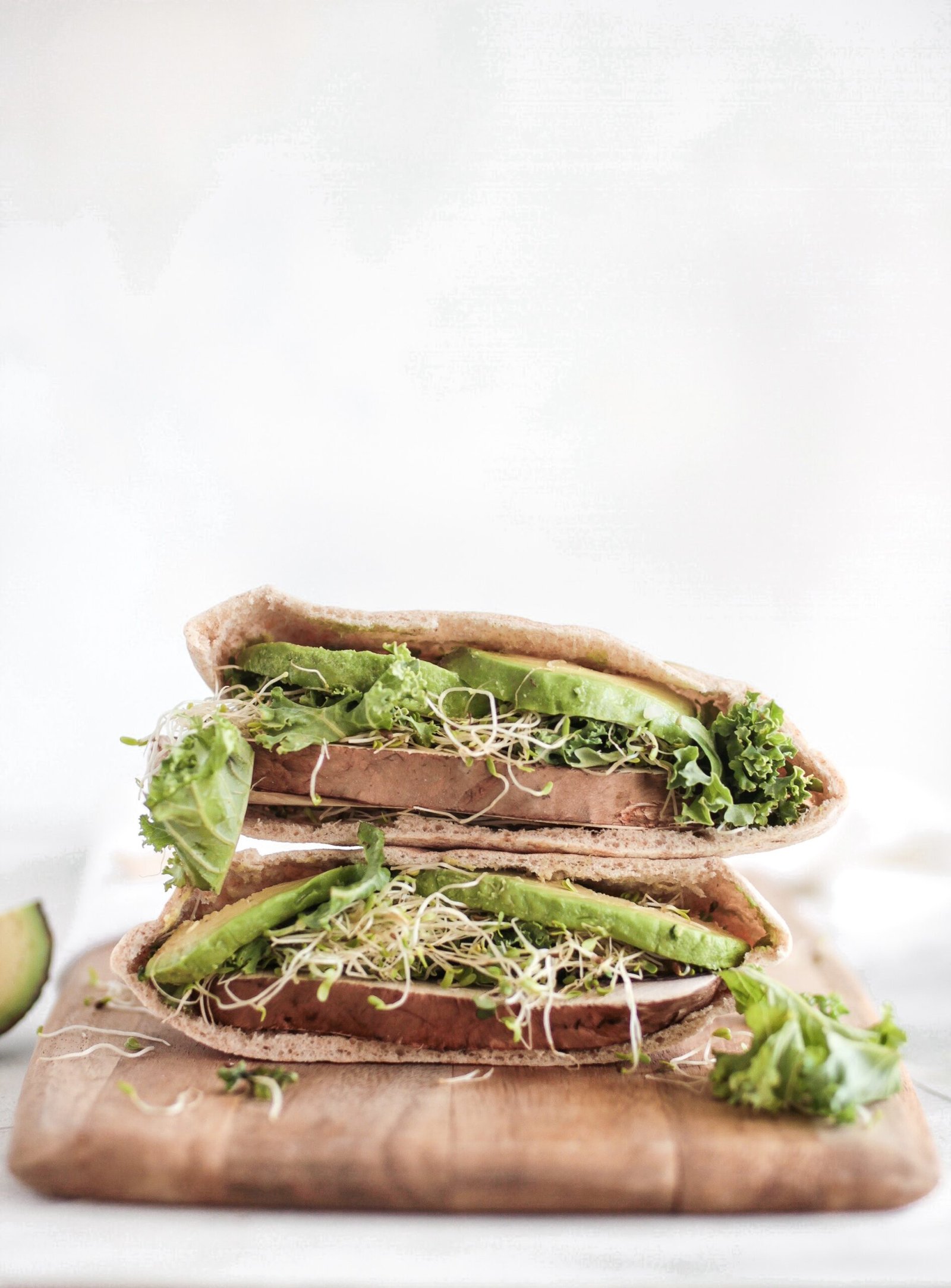Looking to add a unique twist to your plant-based diet? Look no further than the vibrant world of Korean cuisine. With its rich flavors and colorful assortment of ingredients, Korean food has become a favorite among food enthusiasts around the globe. In this article, we will explore some innovative plant-based Korean recipes that will surely tantalize your taste buds and introduce you to a whole new level of culinary creativity. From tangy kimchi pancakes to savory tofu bibimbap, get ready to embark on a gastronomic adventure that will leave you craving for more. If you’re looking to explore the world of plant-based cuisine and add some Korean flair to your meals, you’re in luck! Korean cuisine is known for its bold flavors, and there are plenty of delicious plant-based options to choose from. Whether you’re a longtime vegan or just looking to incorporate more plant-based meals into your diet, these innovative recipes are sure to satisfy your cravings. Let’s dive into some of the best plant-based Korean dishes you can try!
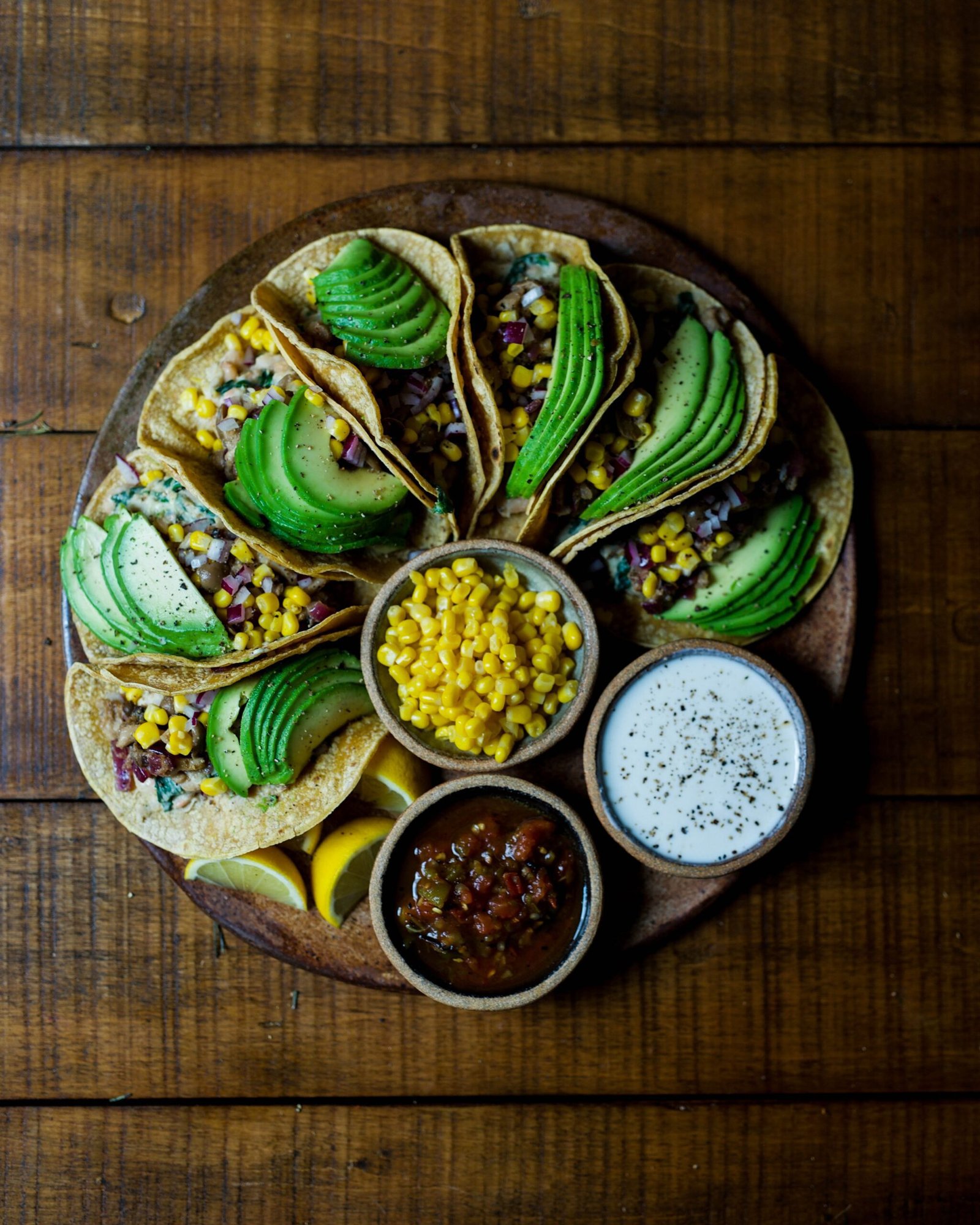
Main Dishes
Tofu Bibimbap
Tofu bibimbap is a classic Korean dish that’s packed with flavor and texture. This dish features a colorful medley of sautéed vegetables, marinated tofu, and a spicy sauce, all served on a bed of steamed rice. The key to making a delicious tofu bibimbap is to marinate the tofu in a savory sauce before cooking it. This allows the tofu to absorb all the flavors and gives it a crispy exterior when it’s pan-fried. The vegetables can be customized to your liking, but common choices include carrots, spinach, mushrooms, and bean sprouts.
Kimchi Fried Rice
Kimchi fried rice is another popular Korean dish that can easily be made plant-based. Kimchi, a fermented cabbage dish, adds a tangy and spicy kick to the fried rice. To make this dish, simply sauté some chopped kimchi and vegetables in a pan, then add cooked rice and seasonings. The result is a flavorful and satisfying meal that can be enjoyed on its own or paired with other Korean dishes.
Japchae
Japchae is a Korean noodle dish made with sweet potato glass noodles, mixed vegetables, and a soy-based sauce. This dish is typically served as a side dish, but it can easily be made into a main course by adding additional protein such as tofu or seitan. Japchae is a visually stunning dish, with vibrant colors from the various vegetables and a slightly sweet and savory taste from the sauce. It’s a great option if you’re looking for a light and refreshing Korean meal.
Vegetable Jeon
Vegetable jeon is a versatile Korean pancake made with a variety of vegetables. This dish is perfect for any plant-based eater who wants to enjoy a crispy and savory treat. To make vegetable jeon, thinly slice your favorite vegetables such as zucchini, carrots, and mushrooms, and mix them into a batter made from flour and water. Pan-fry the mixture until it becomes golden brown and crispy. Serve with a dipping sauce, and you have a delicious appetizer or side dish that’s perfect for sharing!
Side Dishes
Korean Style Seaweed Salad
Korean style seaweed salad, also known as miyeok muchim, is a flavorful and nutritious side dish that’s easy to make. Seaweed is a rich source of vitamins and minerals, making it a great addition to any meal. To make the salad, soak dried seaweed in water until it softens, then dress it with a mixture of soy sauce, sesame oil, garlic, and other seasonings. The result is a refreshing and tangy salad that pairs well with rice or other Korean dishes.
Vegan Kimchi
Kimchi is a staple in Korean cuisine, but traditional versions often contain fish sauce or shrimp paste. However, it’s easy to make a vegan-friendly version of this beloved dish. Vegan kimchi is typically made with napa cabbage, radishes, and a mixture of seasonings including garlic, ginger, and gochugaru (Korean red pepper flakes). The vegetables are fermented to develop the characteristic tangy and spicy flavors. Enjoy vegan kimchi as a side dish, or use it to enhance the flavors of other Korean dishes.
Soybean Sprout Soup
Soybean sprout soup, or kongnamul guk, is a light and comforting soup that’s commonly enjoyed as a side dish in Korean cuisine. This soup is made with soybean sprouts, which are high in protein and vitamins. To make soybean sprout soup, boil the sprouts in water with garlic, onions, and soy sauce. The result is a flavorful and nutritious soup that can be enjoyed on its own or paired with rice and other Korean side dishes.
Soups and Stews
Spicy Korean Tofu Stew
Spicy Korean tofu stew, or sundubu jjigae, is a hearty and comforting dish that’s perfect for colder weather. This stew is traditionally made with soft tofu, vegetables, and a spicy broth. To make the stew vegan-friendly, simply omit any ingredients that contain animal products, such as meat or seafood. Instead, enhance the flavors with mushrooms, soy sauce, and gochugaru. Serve with a side of rice for a complete and satisfying meal.
Vegetable Dumpling Soup
Vegetable dumpling soup, or mandu guk, is a delicious and filling soup that’s perfect for a light lunch or dinner. This soup features homemade dumplings filled with a mixture of vegetables, tofu, and seasonings. The dumplings are simmered in a clear broth along with vegetables such as radishes and zucchini. The result is a flavorful and nutritious soup that will keep you warm on a chilly day.
Snacks and Appetizers
Korean Dumplings
Korean dumplings, or mandu, are a popular snack or appetizer that can easily be made plant-based. These dumplings are typically filled with a mixture of vegetables and tofu, seasoned with garlic, ginger, and soy sauce. To make vegan Korean dumplings, simply substitute any animal-based ingredients for plant-based alternatives. These dumplings can be boiled, steamed, or pan-fried, depending on your preference. Serve them with a dipping sauce, and you have a tasty and satisfying snack.
Vegan Gimbap
Gimbap is a Korean dish that’s similar to sushi, but with a unique twist. Instead of raw fish, gimbap is filled with a variety of vegetables, pickles, and sometimes tofu. To make vegan gimbap, simply omit any animal-based ingredients and fill the rolls with your favorite plant-based fillings. Gimbap can be enjoyed as a snack, a light lunch, or even as a picnic or party food. It’s a versatile dish that’s sure to please both vegans and non-vegans alike.
Tofu Kimbap
Tofu kimbap is another delicious plant-based twist on the traditional Korean dish. Instead of using fish or meat, this version of kimbap features marinated tofu as the filling. Simply pan-fry the tofu and slice it into thin strips before rolling it into the seaweed and rice. Add your favorite vegetables and pickles, and you have a flavorful and satisfying snack or meal. Tofu kimbap is perfect for on-the-go or as a light lunch option.
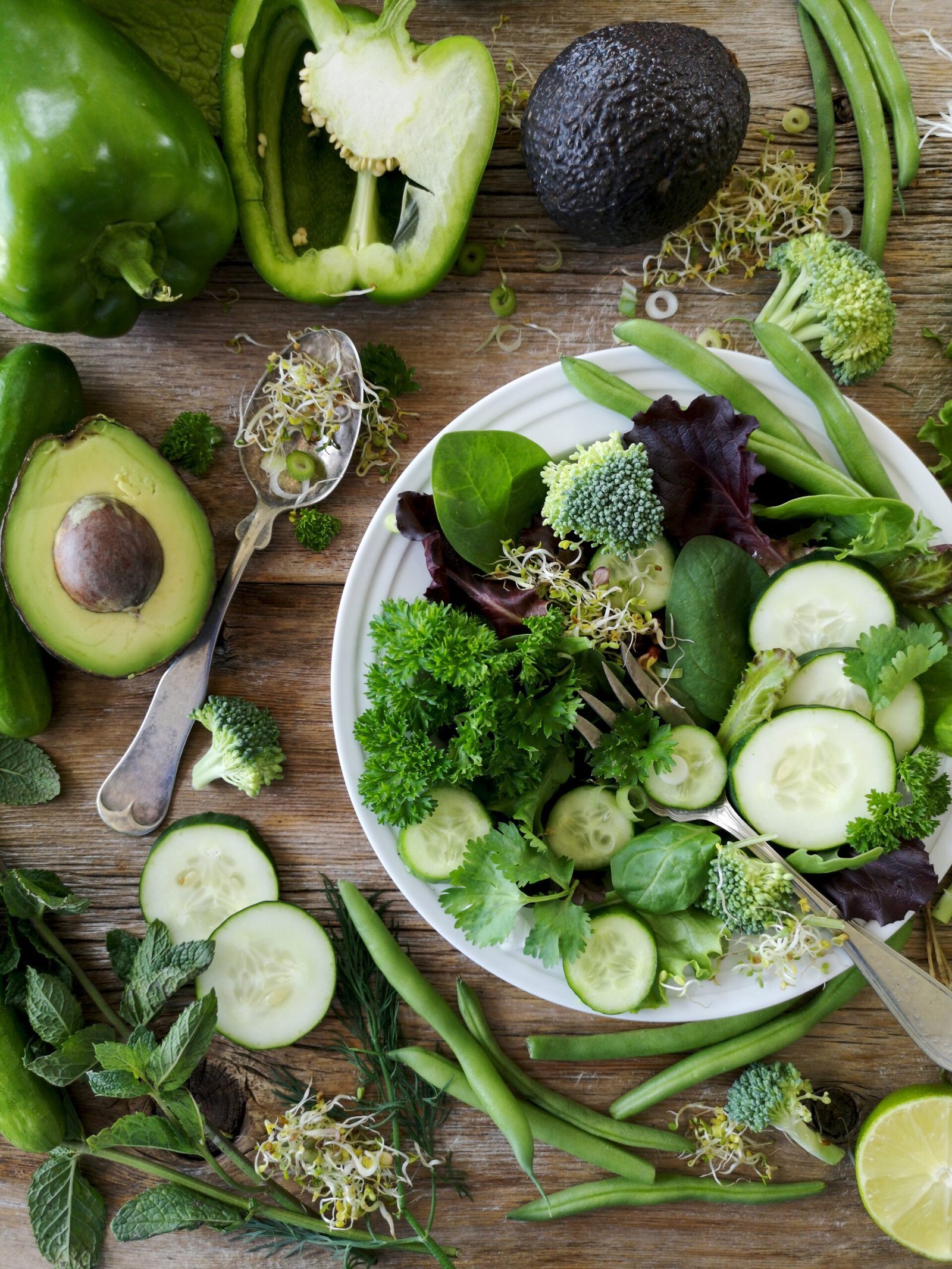
Desserts
Sweet Red Bean Porridge
Sweet red bean porridge, or patjuk, is a traditional Korean dessert that’s made with adzuki beans. This porridge is slightly sweet and has a smooth and velvety texture. To make vegan sweet red bean porridge, simply use plant-based milk in place of dairy milk and skip any animal-based toppings. The porridge is typically topped with chopped nuts or cinnamon powder for an additional layer of flavor. Enjoy this warm and comforting dessert on a chilly day or as a sweet treat anytime.
Korean Pancakes (Hotteok)
Korean pancakes, or hotteok, are a popular street food in Korea. These pancakes are typically filled with a sweet mixture of brown sugar, cinnamon, and nuts. To make vegan hotteok, use plant-based milk and omit any animal-based ingredients. These pancakes are best enjoyed fresh off the griddle when they are still warm and crispy. They make for a delicious snack or dessert that’s sure to satisfy your sweet tooth.
Sauces and Dips
Korean BBQ Sauce
Korean BBQ sauce is a flavorful and versatile sauce that can be used as a marinade or a dipping sauce. Traditional Korean BBQ sauce often contains meat-based ingredients, such as soy sauce or fish sauce. However, it’s easy to make a vegan-friendly version of this sauce by substituting animal-based ingredients with plant-based alternatives. The sauce typically includes soy sauce, garlic, ginger, brown sugar, and gochujang (Korean chili paste). This sauce pairs well with grilled vegetables, tofu, or seitan.
Spicy Gochujang Dip
Gochujang is a spicy red pepper paste that’s a staple in Korean cuisine. It adds a unique and bold flavor to any dish. To make a spicy gochujang dip, simply mix gochujang with soy sauce, rice vinegar, minced garlic, and a touch of sugar. Adjust the proportions to your taste preference. This dip is perfect for adding a spicy kick to your favorite Korean dishes or for serving with fresh vegetables or tofu.

Beverages
Makgeolli (Korean Rice Wine)
Makgeolli is a traditional Korean rice wine that’s smooth and slightly sweet. It’s made from fermented rice and has a milky appearance. Makgeolli is a popular beverage in Korea and is often enjoyed with savory snacks or meals. To ensure you’re getting a vegan-friendly version of makgeolli, check the label for any animal-based ingredients that may have been used in the fermentation process. This refreshing and slightly effervescent beverage is a great choice if you’re looking to explore traditional Korean drinks.
Korean Mulberry Tea
Mulberry tea, or maehwa-cha, is a Korean herbal tea made from dried mulberry leaves. This tea has a subtle and nutty flavor and is often enjoyed for its calming and antioxidant properties. To make Korean mulberry tea, simply steep dried mulberry leaves in hot water for a few minutes. You can sweeten the tea with honey or another sweetener if desired. It’s a refreshing beverage that can be enjoyed hot or cold.
Fermented Foods
Korean Fermented Soybean Paste (Doenjang)
Doenjang is a Korean fermented soybean paste that’s rich and savory in flavor. It’s made from fermented soybeans, salt, and other seasonings. Doenjang is a key ingredient in many Korean stews, soups, and sauces. To use vegan-friendly doenjang, be sure to check the label to ensure there are no animal-based additives. This versatile ingredient adds depth of flavor to any plant-based Korean dish.
Korean Fermented Chili Paste (Gochujang)
Gochujang is a staple in Korean cuisine and is a spicy fermented chili paste. It’s made from chili peppers, glutinous rice, fermented soybeans, and salt. Gochujang adds a complex and spicy flavor to many Korean dishes. To ensure your gochujang is vegan-friendly, check the label for any animal-based ingredients that may have been used in the fermentation process. This versatile condiment can be used as a marinade, a dipping sauce, or added to soups and stews for an extra kick.
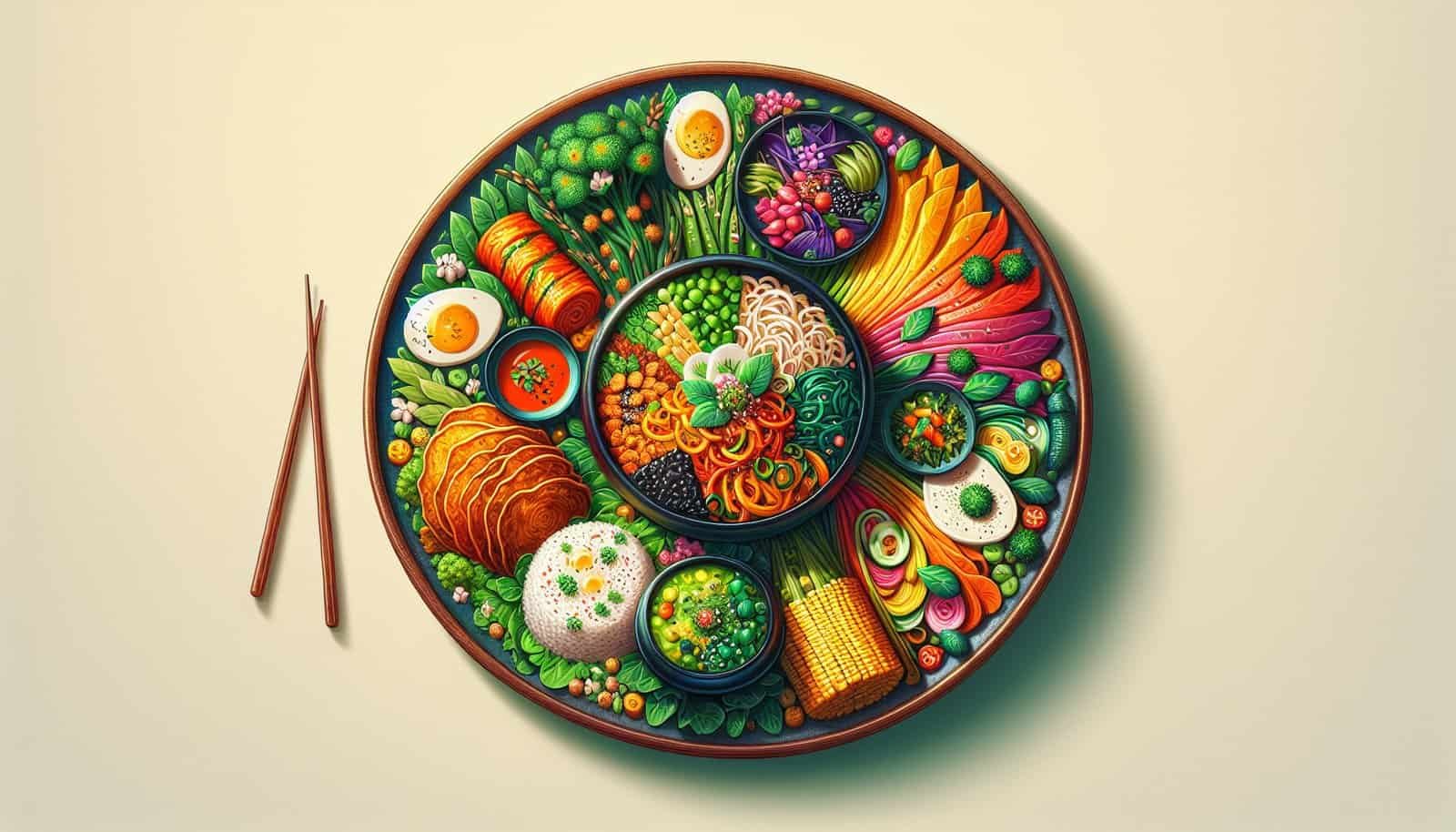
Street Food
Tteokbokki (Spicy Rice Cakes)
Tteokbokki is a popular Korean street food that features chewy rice cakes coated in a spicy sauce. This dish can easily be made vegan by using vegetable broth and omitting any animal-based ingredients. The sauce typically includes gochujang, soy sauce, garlic, and sugar. The rice cakes are then simmered in the sauce until they become tender and coated in the spicy goodness. Tteokbokki is a flavorful and satisfying street food that’s perfect for snacking or as a meal on the go.
Korean Fried Cauliflower
Korean fried cauliflower is a delicious and addictive street food that’s perfect for those who love the combination of crispy and spicy. To make vegan Korean fried cauliflower, simply coat cauliflower florets in a mixture of cornstarch and spices, then deep-fry until golden brown. Toss the fried cauliflower in a spicy gochujang-based sauce, and you have a mouthwatering snack or appetizer that’s sure to impress.
Fusion Recipes
Korean BBQ Jackfruit Tacos
Korean BBQ jackfruit tacos are a creative fusion of Korean and Mexican flavors. Jackfruit, when cooked, has a texture similar to pulled pork, making it a great meat substitute. To make Korean BBQ jackfruit, marinate the jackfruit in a mixture of Korean BBQ sauce, soy sauce, and other seasonings. Then, sauté or bake the jackfruit until it becomes tender and infused with the flavors. Serve the jackfruit in tortillas with your favorite taco toppings, such as slaw, avocado, and lime. These tacos are bursting with flavor and are a fun twist on traditional Korean BBQ.
Vegan Kimchi Quesadilla
Vegan kimchi quesadilla is another delicious fusion recipe that combines Korean and Mexican flavors. Simply spread vegan cream cheese on a tortilla, top it with kimchi and vegan cheese, then cook it on a griddle or in a pan until the cheese melts and the tortilla becomes crispy. The result is a tangy and savory quesadilla that’s packed with flavor. Serve it with salsa or a spicy dipping sauce for an extra kick. This creative dish is perfect for those who enjoy experimenting with different flavor combinations.
With these innovative plant-based Korean recipes, you can satisfy your cravings for bold and flavorful dishes while still maintaining a vegan or plant-based diet. From main dishes to desserts and everything in between, Korean cuisine offers a wide range of options that can easily be adapted to suit your dietary preferences. So why not explore the world of plant-based Korean cooking and try something new and delicious today? Your taste buds will thank you!
